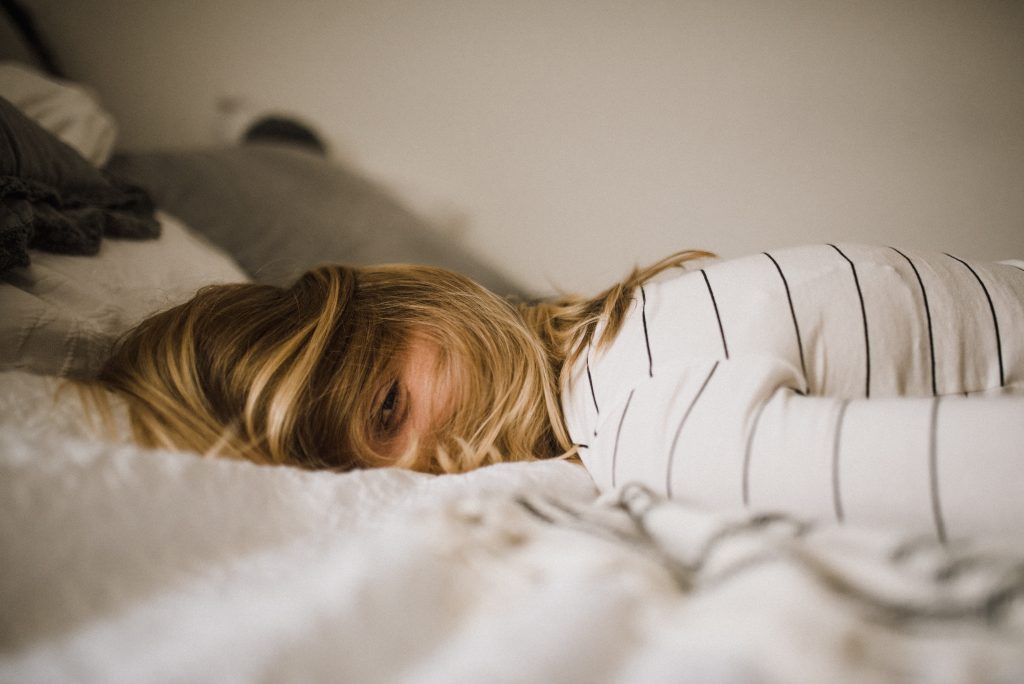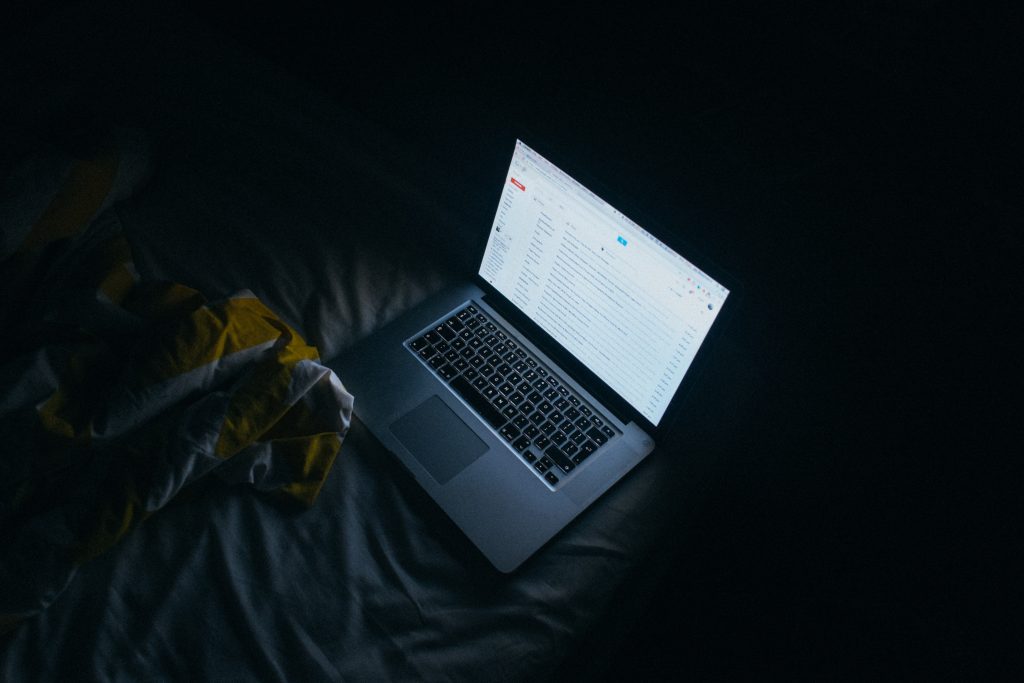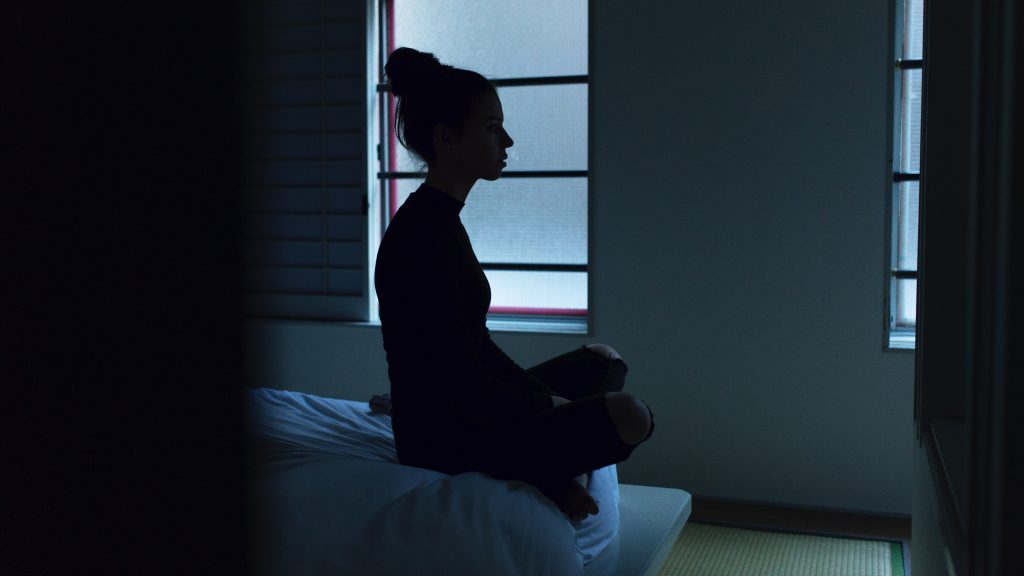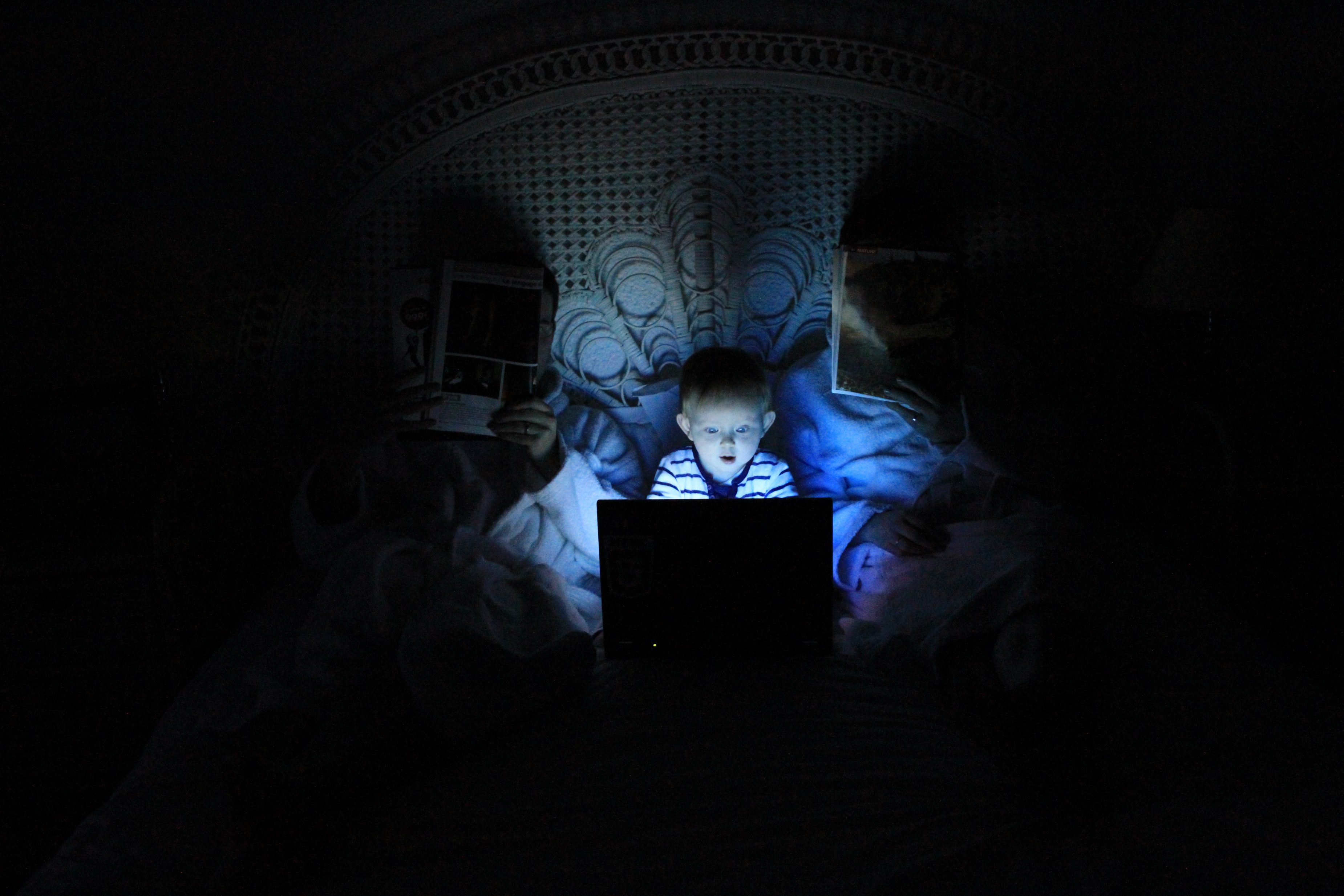Most of us avoid coffee in the evening — but should we avoid our smartphones and laptops, too?
When you’re suffering from insomnia or sleep issues, the answer is usually, yes. According to the American Journal of Managed Care (AJMC), it’s believed that 10–15 percent of the adult population suffers from chronic insomnia while an additional 25–35 percent deal with occasional sleeplessness.
But what about when technology becomes your go-to fix for turning your mind off?
For digital workers who already spend their days surrounded by the non-stop nature of the tech world, things can get tricky.
Let’s take a deeper dive into how technology affects our brains, and learn about the apps tackling the question of how to cure insomnia. From there, you can feel better equipped to see what sort of tech-free sleep routine is best for you.

How Does Technology Affect Sleep?
It Keeps Your Mind Awake
There’s a reason why it’s so easy to stay up until 1:00 a.m. binge-watching Netflix or scrolling through a social feed. Technology keeps your mind engaged and alert, making it more difficult to unwind and eventually, sleep. Sure, it may seem like a no-brainer to reach for your smartphone or laptop when you’re trying to relax. But if you cut out screen time completely before bed, you’ll be more likely to ease into uninterrupted stages of sleep. If your phone is at your bedside, you’re tempted to respond to texts or social updates. Being presented with exciting information can trigger both emotional and hormonal responses (as well as the release of adrenaline).

It Suppresses Melatonin
Melatonin is the hormone that works to regulate your sleep cycle. The blue light emitted by our devices (cell phones, televisions, computers) inhibits the production of melatonin, making it more difficult to fall asleep. Dr. Charles Czeisler, of Harvard Medical School Division of Sleep Medicine, explains that these lights signal to the brain that it is daytime (not bedtime). He recommends keeping work materials and screens away from the bed (and use it only as a place for sleep).
It Distracts
Have you noticed you sleep better when you leave your phone in the living room? Though you may not think much of it, the vibration of an email coming through or the low chime of a late-night text message disrupts your sleep. And if you’re succumbing to these notifications in the middle of the night, the effect will be even worse. Instead of keeping your phone at your bedside, give it a rest of its own on the kitchen counter or your desk. For an alarm, consider going “old school” with a digital clock.
Sleep Apps to Treat Insomnia
Apple Bedtime
When your sleep schedule is inconsistent, you might wake up feeling tired, grumpy, and unrested. Apple’s bedtime (which is part of your Clock app) allows you to set your sleep and wake time. Like a digital tuck-in, it gives you a notification before bed and lets you choose how many hours you want to sleep.

Headspace
By now, you’ve most likely heard about Headspace, the essential meditation app. It offers hundreds of themed sessions (including sleep). By helping to create the inner conditions that are conducive to a sound rest, it settles your mind and your body. With a lowered heart rate and slower breathing, the idea is that you’ll float off peacefully to dreamland.
SHUT-I
SHUT-I is an internet-based solution that uses Cognitive Behavioral Therapy for Insomnia (CBT-I) to address sleep disorders. Based on daily updates from users, it tailors specific regimens to get you sleeping. Similar to a qualified, in-person CBT sleep therapist, SHUT-I integrates ideas like sleep restriction and neural retraining to associate your bed with sleeping (rather than studying, catching up on emails or perusing content).
Pzizz
If melodic lullabies lulled you to sleep as a child, consider Pzizz for your slumber and naptime needs. It utilizes psychoacoustic principles to create dreamscapes that put you sleep. You can customize your listening time for up to 24 hours and choose what gender you want for your voiceover. A hybrid music system offers over 100 billion sequences for an entertaining and personalized experience. From NBA star Roy Hibbert to New York Times writer Jenna Wortham, the app has a devoted fan base.
Pillow
Pillow is a sleep-tracking app that works with iPads, iPhones, and Apple Watches to track motion and sounds. You can log your daily habits and export sound recordings. It will also provide data about everything from your REM cycles to your heart rate. For the nappers out there, this app allows you to time your power naps, recovery naps, and full cycle naps, too.
White Noise
Whether it’s the sound of ocean waves, swaying boats in a marina, or violins you’re after, consider White Noise your ultimate relaxation app. You can also record your sound mixes and upload to the White Noise community. And, you’re trying to calm a sleeping baby, this app also offers gentle white noise to help even the tiniest insomniacs.
Awoken
Interested in flying through the clouds or walking on the sun like a superhuman? Lucid dreaming may be your ticket to mindful sleep. Awoken combines practice exercises, reality checks, totem sounds and a cloud-based journal to improve your dream awareness and control your sleep reality.
Sleep Aids Differ Among People
When it comes to sleep — think of it as a diet. Some of us may be able to knock back that espresso or double chocolate cake at 10 p.m. and still sleep like a baby. Others, cannot.
As it turns out, no one sleep solution is right for everyone. The important thing is sticking with a routine that works for you. Maybe that means taking a warm shower before bed. Perhaps it’s a meditation or lucid dreaming app. Or even a comforting mug of warm chamomile tea.
Whatever it is, do a bit of experimenting to see what nighttime routine works for you. And if you still rise in the morning to find you’ve been counting sheep all night, check into a day use room for a quick nap. Finding some daytime shut-eye between your morning meetings and your evening company dinner may do just the trick.
Photo Credits:
Featured Image: “A Small Hacker” by Ludovic Toinel via Unsplash
“Heart Wide Open” by Kinga Cichewicz via Unsplash
“Reading Mail at Night” by Jay Wennington via Unsplash
“Meditating Before Bed” by Ben Blennerhassett via Unsplash

